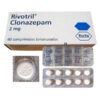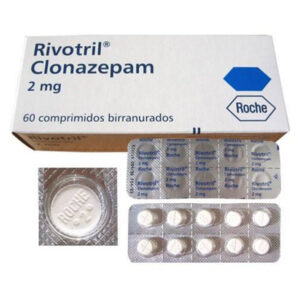Cialis 20 mg
$100.00
Highlights:
Manufacturer: Lilly, PakistanSubstance: Tadalafil CitratePackage: 4 tabs (20 mg/tab)
CIALIS (tadalafil) is a selective inhibitor of cyclic guanosine monophosphate (cGMP)-specific phosphodiesterase type 5 (PDE5). Tadalafil has the empirical formula C22H19N3O4 representing a molecular weight of 389.41. The structural formula is:
CIALIS (tadalafil) Structural Formula – Illustration
The chemical designation is pyrazino[1′;,2′;:1,6]pyrido[3,4-b]indole-1,4-dione, 6-(1,3-benzodioxol-5-yl)2,3,6,7,12,12a-hexahydro-2-methyl-, (6R,12aR)-. It is a crystalline solid that is practically insoluble in water and very slightly soluble in ethanol.
CIALIS is available as almond-shaped tablets for oral administration. Each tablet contains 2.5, 5, 10, or 20 mg of tadalafil and the following inactive ingredients: croscarmellose sodium, hydroxypropyl cellulose, hypromellose, iron oxide, lactose monohydrate, magnesium stearate, microcrystalline cellulose, sodium lauryl sulfate, talc, titanium dioxide, and triacetin.
Indications and Uses
Cialis is indicated for:
- Erectile Dysfunction (ED): It helps men who have difficulty achieving or maintaining an erection suitable for sexual activity.
- Benign Prostatic Hyperplasia (BPH): Cialis can also alleviate symptoms associated with BPH, such as difficulty urinating due to an enlarged prostate.
- Combined Treatment: It is approved for use in men who experience both ED and BPH symptoms simultaneously.
Mechanism of Action
Tadalafil, the active component of Cialis, inhibits the enzyme PDE5. By blocking this enzyme, tadalafil increases levels of cyclic guanosine monophosphate (cGMP), which leads to relaxation of smooth muscle and dilation of blood vessels in the penis during sexual arousal. This process enhances blood flow and helps achieve an erection.
Dosage and Administration
The recommended starting dose for Cialis when taken as needed is typically 10 mg, but some patients may be prescribed 20 mg if they require a stronger effect. The tablet should be taken at least 30 minutes before sexual activity, and its effects can last up to 36 hours, allowing for greater spontaneity compared to other ED medications like Viagra.
Cialis can be taken with or without food; however, it should not be taken more than once a day. For those who anticipate frequent sexual activity, a daily dose of 2.5 mg or 5 mg may be prescribed instead.
Side Effects
Common side effects associated with Cialis include:
- Headache
- Flushing
- Upset stomach
- Nasal congestion
- Back pain
- Muscle pain
Serious side effects are rare but can occur, including:
- Prolonged erection (priapism)
- Sudden vision loss
- Sudden hearing loss
Patients should seek immediate medical attention if they experience any severe side effects or if an erection lasts longer than four hours.
Precautions and Contraindications
Before taking Cialis, patients should inform their healthcare provider about any existing medical conditions, particularly:
- Heart problems (e.g., heart attack or irregular heartbeat)
- Low or high blood pressure
- Liver or kidney issues
- History of vision loss or eye diseases such as retinitis pigmentosa
Cialis should not be used in conjunction with nitrates (medications often prescribed for chest pain) due to the risk of severe hypotension (low blood pressure).
Related products
PAIN PILLS
PAIN PILLS
PAIN PILLS
PAIN PILLS
PAIN PILLS
PAIN KILLERS
PAIN PILLS
PAIN PILLS











